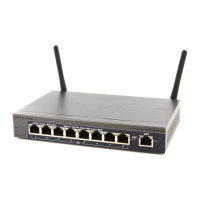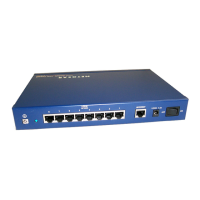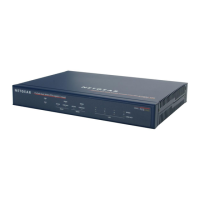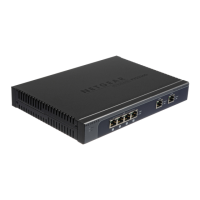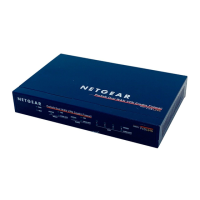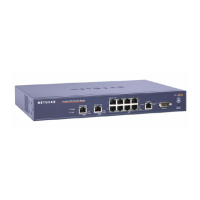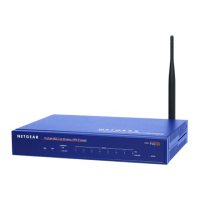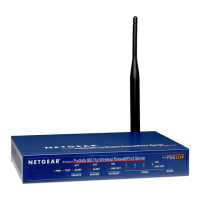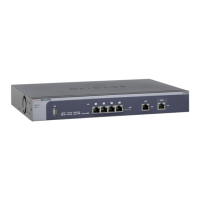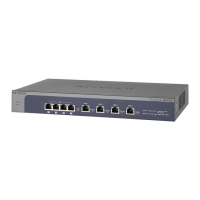Virtual Private Networking Using IPSec and L2TP Connections
231
NETGEAR ProSAFE VPN Firewall FVS318G v2
8. Specify the settings that are described in the following table.
9. To use the new settings immediately, click the App
ly button.
10. To keep the settings for future use, click the Sav
e button.
Create the IPSec Configuration (Phase 2 Settings)
On the VPN firewall, the IPSec configuratio
n (phase 2 settings) is referred to as the IKE
settings.
To create an IPSec configuration:
1. Right-click the
VPN client icon in your Windows system tray, and select Configuration
Panel.
The Configuration Panel screen
displays.
2. In the tree list pane of the Configuration Panel screen, right-click
the vpn_client
authentication phase name, and select New Phase 2.
3. Change the name of the IPSec configuration (the default is Tunnel):
a. Right-click the IPSec configuration name.
b.
Select Rename.
c. T
ype ne
tgear_platform.
d. Click anywhere in the tree list pane.
Table 47. VPN client advanced authentication settings
Setting Description
Advanced features
Aggressive Mode Select this check box to enable aggressive mode as the mode of negotiation with
the VPN firewall.
NAT-T Select Automatic from the list to enable the VPN client and VPN firewall to
negotiate NAT-T.
Local and Remote ID
Local ID As the type of ID, select DNS fro
m the list becau
se you specified FQDN in the
VPN firewall configuration.
As the value of the ID, enter remote.com as the local ID for the VPN client.
Note: The remote ID on the VPN firewall is the local ID on the VPN client. It might
be less confusing to configure an FQDN such as client.com as the remote ID on
the VPN firewall and then enter client.com as the local ID on the VPN client.
Remote ID As the type of ID, select DNS from the list because you specified an FQDN in the
VPN firewall configuration.
As the value of the ID, enter local.com as the remote ID for the VPN firewall.
Note: The local ID on the VPN firewall is the remote ID on the VPN client. It might
be less confusing to configure an FQDN such as router.com as the local ID on the
VPN firewall and then enter router.com as the remote ID on the VPN client.
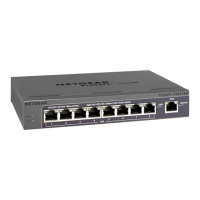
